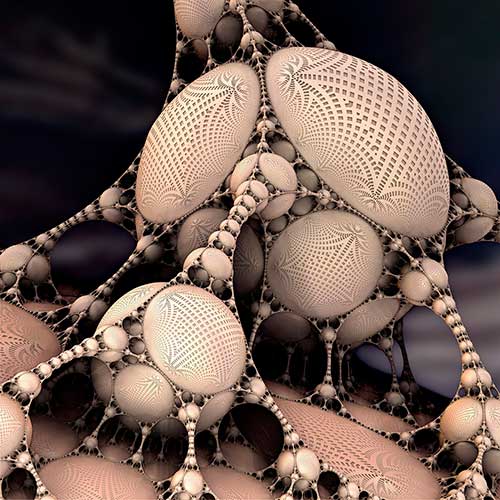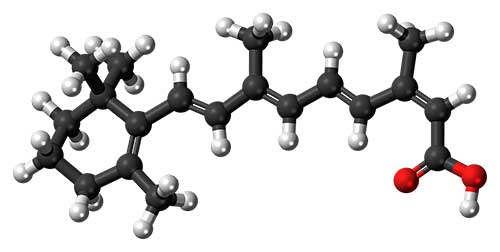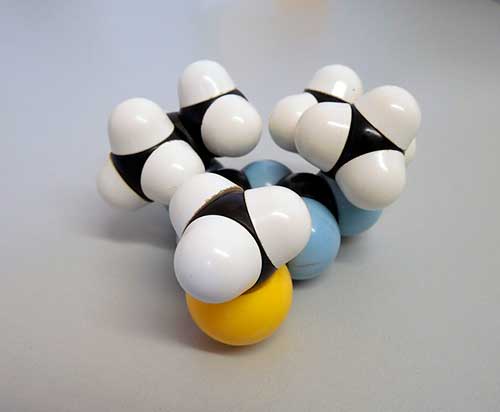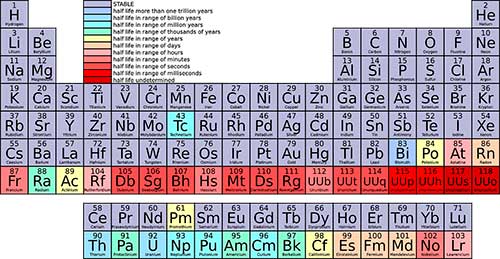Hydrogen Chemical Element on the Periodic Table

Hydrogen is the first chemical element on the periodic table and has the symbol “H.” It is one of the most abundant elements in the universe and plays a crucial role in various chemical and physical processes. In this article, we will explore the properties, characteristics, and applications of hydrogen.
It is a unique element due to its unique atomic structure and properties. In its most basic form, a hydrogen atom consists of a proton in its nucleus and an orbiting electron. Hydrogen is the lightest and simplest element, and its atomic number is 1.
One of the most outstanding characteristics of hydrogen is its ability to form bonds with other elements.
It can unite with oxygen atoms to form water (H2O), with carbon atoms to form organic compounds such as methane (CH4), and with many other elements to form a wide variety of chemical compounds. Due to its high reactivity and ability to form bonds, hydrogen is used in numerous industrial and scientific applications.
Hydrogen occurs in various forms in nature. In its elemental state, it occurs as a colorless, odorless and highly flammable gas. Under standard conditions of pressure and temperature, hydrogen is lighter than air and tends to rise.
This gas is highly flammable and can form explosive mixtures with air if found in adequate concentrations.
Furthermore, hydrogen has three main isotopes: ordinary hydrogen (protium), which has a proton in its nucleus; deuterium, which contains a proton and a neutron; and tritium, which contains one proton and two neutrons. Deuterium and tritium are heavy isotopes of hydrogen and are used in scientific and technological applications, such as nuclear research and energy production.
Hydrogen plays an essential role in energy production. It is a clean fuel source and can be used in fuel cells to generate electricity. In a fuel cell, hydrogen reacts with oxygen in the air to produce water and release energy in the form of electricity. This fuel cell technology has the potential to replace fossil fuels and reduce reliance on non-renewable resources.
Another important application of hydrogen is in the chemical industry. It is used as a raw material in the production of ammonia (NH3) and methanol (CH3OH), which are fundamental chemical compounds in the manufacture of products such as fertilizers, plastics, and pharmaceuticals.

Hydrogen is also used in oil refining and in the production of synthetic hydrocarbons.
Additionally, hydrogen has applications in the food industry, where it is used in the hydrogenation of vegetable oils to produce solid fats, such as margarine. It is also used in the production of processed foods and as a propellant in aerosols.
In the scientific field, hydrogen plays a fundamental role in understanding the structure and properties of matter.
It is an essential element in organic chemistry and biochemistry, as it is part of many biologically active molecules and compounds.
In short, hydrogen is a fundamental chemical element on the periodic table. Its atomic structure and unique properties allow it to form a wide variety of compounds and participate in numerous chemical and physical processes. In addition to its importance in industry and energy production, hydrogen also plays an essential role in scientific research and understanding of the subject.
Chemical laboratories, pharmacies, shops in general will be able to take advantage of this domain and to become proprietor as such. Now that it is available, you can bid to stay with the name and get more audience, customers & readers interested in the region you are looking to develop.
This domain can be used in the green sector to make awareness about Bio fuel, batteries, power cells, reach, and technology. It is time for this domain to be yours.
Hydrogen is element number 1 of periodic table
In the chemical world, this element holds great importance, regenerates alone and can perform surprising chemical reactions. Its greatest quality is how you can move from creating clean energy to creating a weapon of mass destruction. Although we can describe thousands of qualities about this element. We just want to let you know that we have the domain in sale, so they can go through the auction, that will be done in a space of 30 days.
It is a domain that has a wide range of possibilities. It has many uses, from a tattoo shop to a chemical store, and imagination is a key element to take advantage of reach you can give to this domain.


What is hydrogen?
As we have described before, it is element number 1 of periodic table, it is in the gaseous state plus is an excellent conductor of electricity. Its greater quality is focused on creating fuels that if well exploited. In the future, can replace the fossil fuels product of oil exploitation & its derivatives.
Are you interested in buying this domain?
Hydrogen.com may be yours at an auction to be held at fllippa.com, the bid will have a space of 30 days from its publication. According to rules of the organizers and will end when the best bid is carried out which will give you creditor of this domain that will be available immediately.
Hydrogen, Element of the Periodic Table
The number one item in item table
The First Element in the periodic table, atomic number 1, in its normal state is colorless UN gas, odorless tasteless, formed by diatomic molecules, H 2. Hydrogen Atom Whose Symbol is H, it is formed by UN positive charge core and the UN electron. Its atomic number is 1 & its atomic weight 1.00797 g / mol.
It is one of the Main Compounds of water and organic matter of Toda, and presence has natural, not only on Earth but also in the entire universe. There are three isotopes of the HRGN: Protium, mass 1, which is found in more than 99.985% of natural elements; Deuterium, mass 2, Which is found in Nature at approximately 0015%, and tritium, of mass 3, That Appears Bath Small Quantities in But Can Be Created in a Various Way by Nuclear Artificial Reactions.
Hydrogen , Hydrogen, Atomic Number One
Huge amounts are consumed in catalytic hydrogenation of unsaturated vegetable oils to get solid. This is used in manufacture of organic chemicals. And also norms HDGN amounts are used as fuels for rockets, in combination with oxygen or fluorine, and as rocket propellant driven by nuclear energy.
Periodic Table, Atomic Number
The HDGN atomic number 1 can be burned in internal combustion engines. In the future, it is expected to have batteries based on this element as alternating energy. For example, electricity can be generated from biological fuels, theoretically without toxic CO2 or chemical emissions.
Form 0.15% of the earth’s crust
It is the main constituent of water. 0.5 ppm of HGN H 2; at normal temperatures it is a low reaction substance, however at high temperatures it can be very reactive. This element occurs naturally in atmosphere and dissipates quickly in fairly ventilated areas. Any effect on living beings would be related to oxygen deficient environments and no adverse effects are expected to occur for plant life, except for frost created in the presence of rapidly expanding gases.
El hidrógeno número atómico 1 puede ser quemado en motores de combustión interna.

